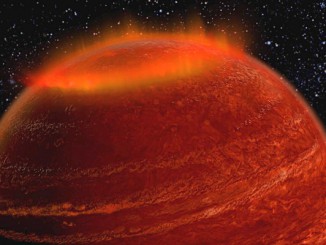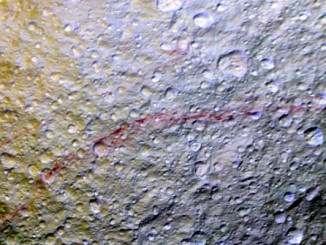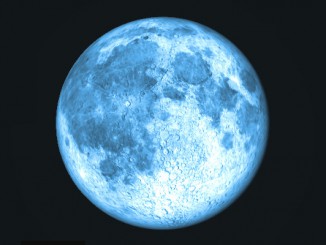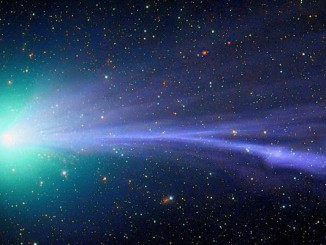
Archive



New Hubble view of the Lagoon Nebula
This new NASA/ESA Hubble Space Telescope image shows the Lagoon Nebula (Messier 8) an object with a deceptively tranquil name. The region is filled with intense winds from hot stars, churning funnels of gas, and energetic star formation, all embedded within an intricate haze of gas and pitch-dark dust.

“Failed stars” host powerful auroral displays
Brown dwarfs are relatively cool, dim objects that are too massive to be planets, yet they are too small to sustain hydrogen fusion reactions. By observing a brown dwarf 20 light-years away, researchers have found another feature that makes these so-called failed stars more like supersized planets — they host powerful aurorae near their magnetic poles.

Unusual red arcs discovered on icy Saturnian moon
Like graffiti sprayed by an unknown artist, unexplained narrow, arc-shaped, reddish streaks are visible on the surface of Saturn’s icy moon Tethys in new, enhanced-colour images from NASA’s Cassini spacecraft. The red arcs are among the most unusual colour features on Saturn’s moons to be revealed by Cassini’s cameras.



New global map of Pluto
The science team of NASA’s New Horizons mission has produced an updated global map of dwarf planet Pluto that includes all resolved images of the surface acquired 7-14 July 2015, up to 400 metres/pixel resolution. Many additional images are expected in autumn 2015 and these will be used to complete the global map.

New names and insights at dwarf planet Ceres
Colourful new maps of Ceres, based on data from NASA’s Dawn spacecraft, showcase a diverse topography, with height differences between crater bottoms and mountain peaks as great as 9 miles (15 kilometres). Some of these craters and other features now have official names, inspired by spirits and deities relating to agriculture from a variety of cultures.

“Comet Lovejoy C/2014 Q2” by Michael Jaeger
Our second nomination from the prestigious Insight Astronomy Photographer of the Year competition, an annual celebration of the most beautiful and spectacular visions of the cosmos by astrophotographers worldwide. Now in its seventh year, the 2015 competition received 2700 spectacular entries from over 60 countries and the winners will be announced 17 September.
